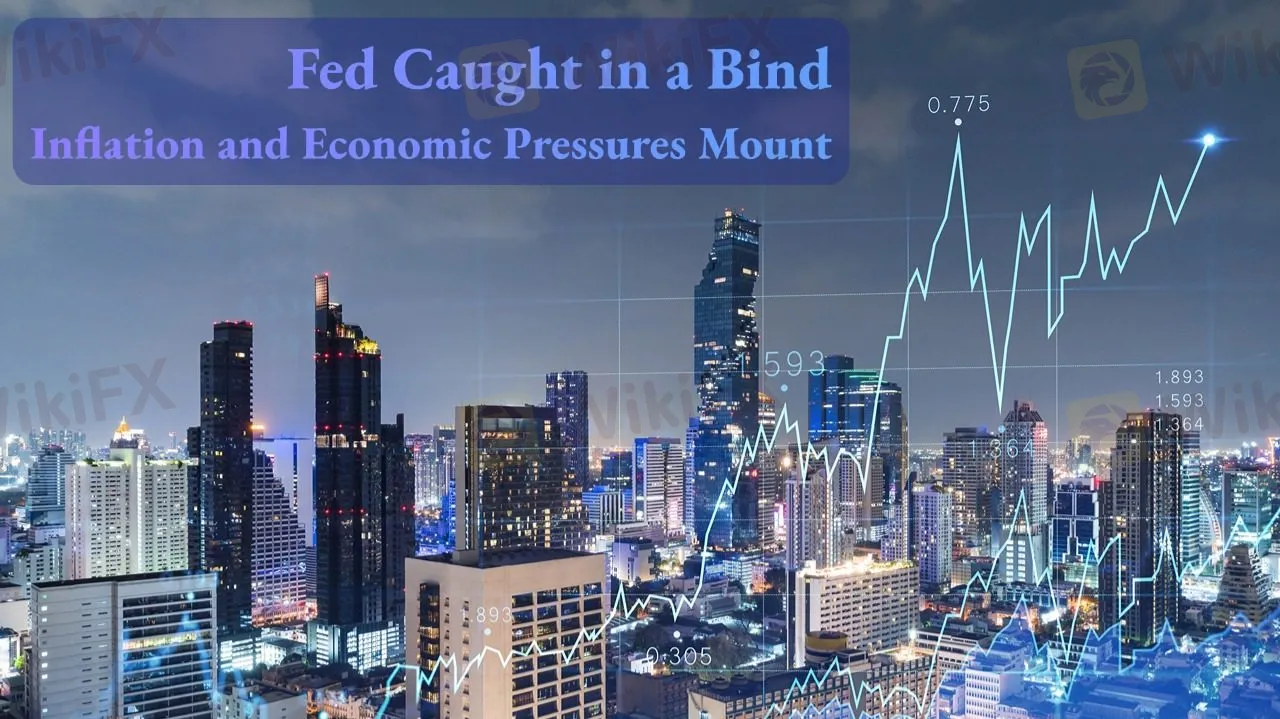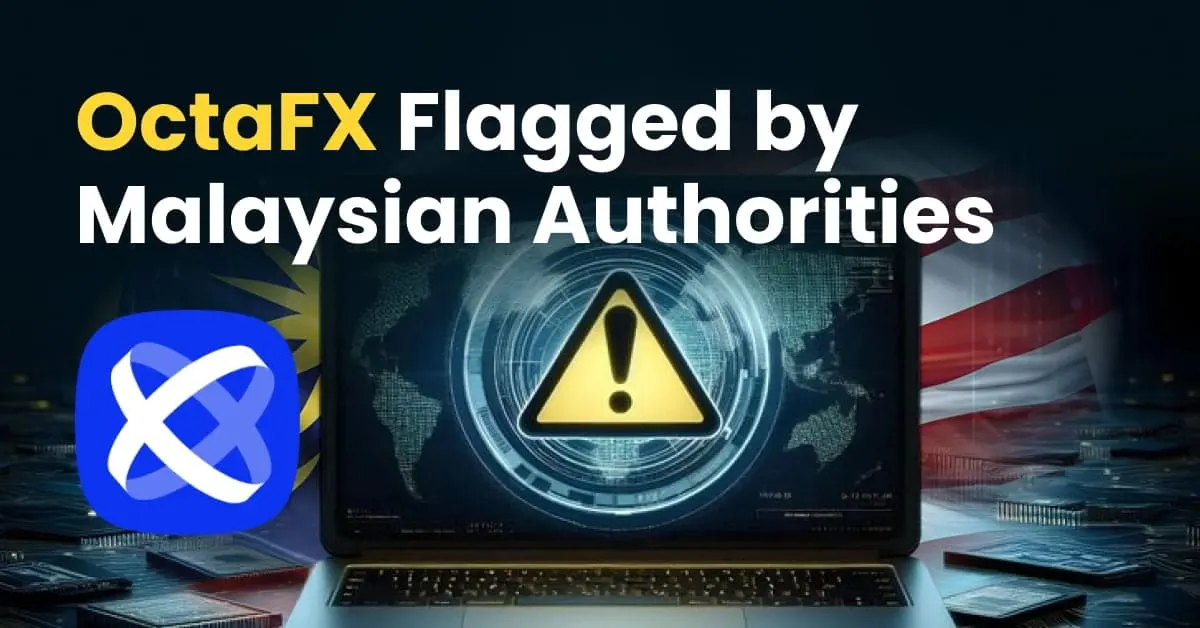简体中文
繁體中文
English
Pусский
日本語
ภาษาไทย
Tiếng Việt
Bahasa Indonesia
Español
हिन्दी
Filippiiniläinen
Français
Deutsch
Português
Türkçe
한국어
العربية
Fed Caught in a Bind: Inflation and Economic Pressures Mount
Abstract:Stubborn inflation and slowing growth leave the Fed stuck between a rock and a hard place, with limited room to maneuver.

The U.S. economy appears to be drifting into stagflation territory—persistent inflation combined with slowing growth. Although official metrics like core PCE show inflation leveling off, market-based and survey-based expectations are creeping up. The University of Michigan's latest survey shows 5-year inflation expectations climbing to the highest level since 2023, a worrying sign for policymakers.
Economic momentum is also losing steam. Consumer spending is showing signs of fatigue, the housing recovery has plateaued, and manufacturing remains in contraction. Businesses are hesitant to invest amid high borrowing costs and persistent wage pressures. Externally, geopolitical frictions—particularly U.S.-China trade tensions—have increased supply chain uncertainties, keeping input prices elevated and inflation sticky.
Fed Chair Jerome Powell acknowledged this twin challenge in his latest remarks, stressing that the central bank is now facing a “two-sided risk.” On one hand, inflation has not come down as quickly as hoped. On the other, growth is clearly slowing, and labor market resilience is beginning to fray. If both inflation and unemployment rise in tandem, the Feds dual mandate—price stability and full employment—will come into direct conflict.
Making matters worse, the U.S. fiscal picture is deteriorating. Though the immediate threat of default has passed, rising debt levels and mounting interest payments limit the government's ability to support growth through stimulus. Powell renewed his warning about unsustainable deficits, urging Congress to take proactive steps to restore fiscal discipline.
In terms of policy, the Fed has adopted a wait-and-see posture. While markets had priced in rate cuts for 2024, Powell continues to signal that rates will remain “higher for longer” until inflation shows clear signs of subsiding. He also dismissed speculation of a “Fed Put,” indicating that the central bank would not intervene in equity markets and would instead stay focused on the real economy.
In sum, the Fed is navigating a highly uncertain environment. Its next moves will hinge heavily on incoming data—especially inflation and labor reports. Should the economy weaken faster than expected, the Fed may be forced to ease earlier than planned, even if inflation remains above target. For now, Powell is walking a tightrope, balancing competing risks with limited room to maneuver.

Disclaimer:
The views in this article only represent the author's personal views, and do not constitute investment advice on this platform. This platform does not guarantee the accuracy, completeness and timeliness of the information in the article, and will not be liable for any loss caused by the use of or reliance on the information in the article.
Read more

OctaFX Flagged by Malaysian Authorities
OctaFX has been officially listed on warning lists by both Bank Negara Malaysia (BNM) and the Securities Commission Malaysia (SC). These alerts raise serious concerns about the broker’s status and whether it is legally allowed to operate in Malaysia.

TradingPRO: A Closer Look at Its Licences
In an industry where safety and transparency are essential, the regulatory status of online brokers has never been more important. For traders seeking to protect their capital, ensuring that a platform operates under recognised and stringent oversight can make all the difference. Keep reading to learn more about TradingPRO and its licenses.

Oil Price Breakout Incoming? Investors Should Stay Alert
Oil prices are hovering around a critical level, with potential yet to be fully unleashed. Investors must prepare for sudden changes.

New SEBI Regulations on Intraday Trading
The Securities and Exchange Board of India (SEBI) has implemented revised regulations on Intraday trading, with effect from November 20, 2024. These regulations are meant to lessen risks and prevent speculative trading practices.
WikiFX Broker
Latest News
SkyLine Guide 2025 Malaysia: 100 Esteemed Judges Successfully Assembled
Vantage Markets Review 2025: Trusted Forex and CFD Trading Since 2009
Why STARTRADER Is Popular Among Traders?
A Guide to Intraday Forex Trading You Can't Miss Out
CONSOB Blocks Access to 13 Unauthorized Investment Websites
TradingPRO: A Closer Look at Its Licences
The world could be facing another ‘China shock,’ but it comes with a silver-lining
New SEBI Regulations on Intraday Trading
Everything You need to know about Barath Trade
IronFX Broker Review 2025: A Comprehensive Analysis of Trustworthiness and Performance
Currency Calculator


